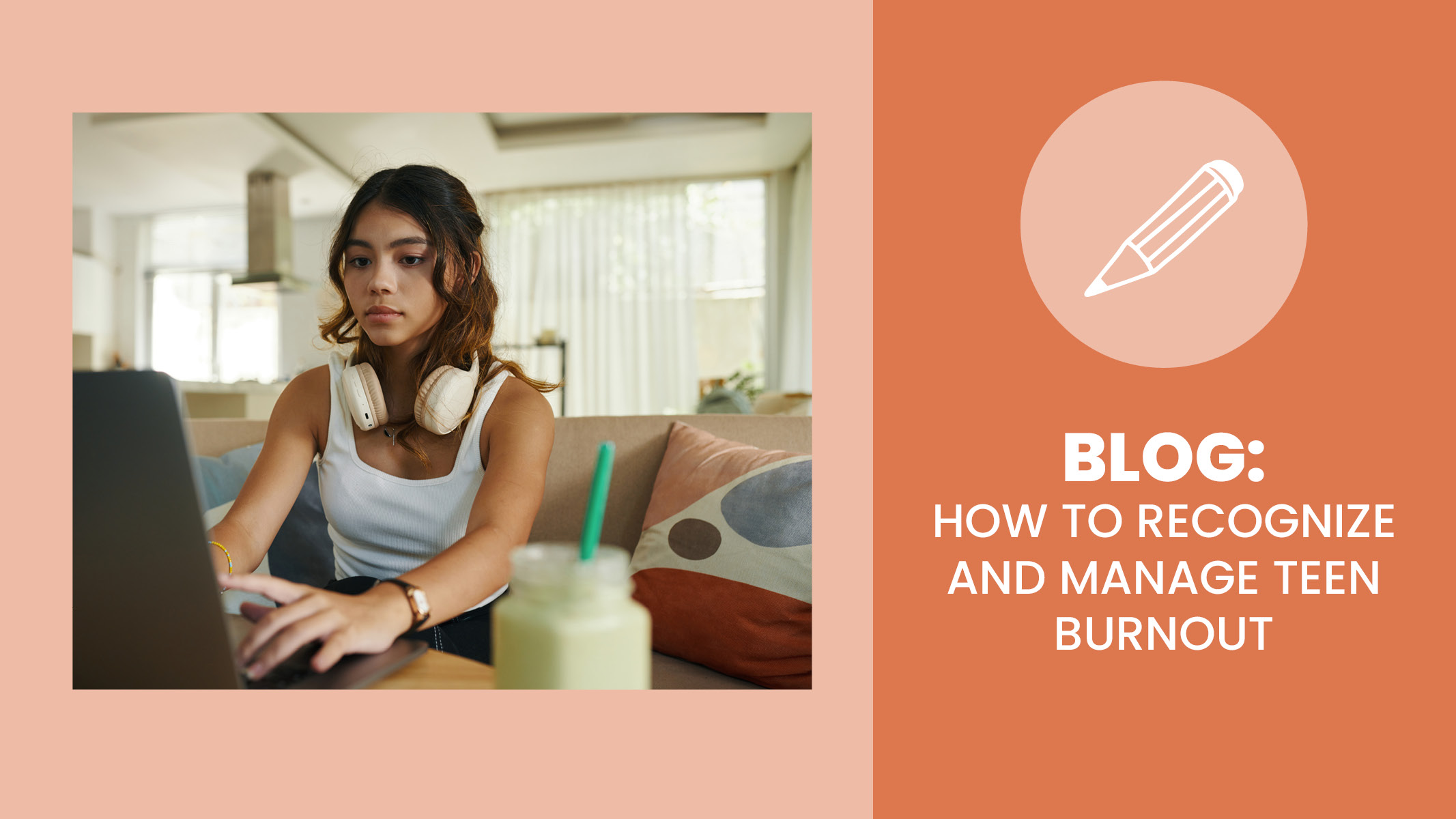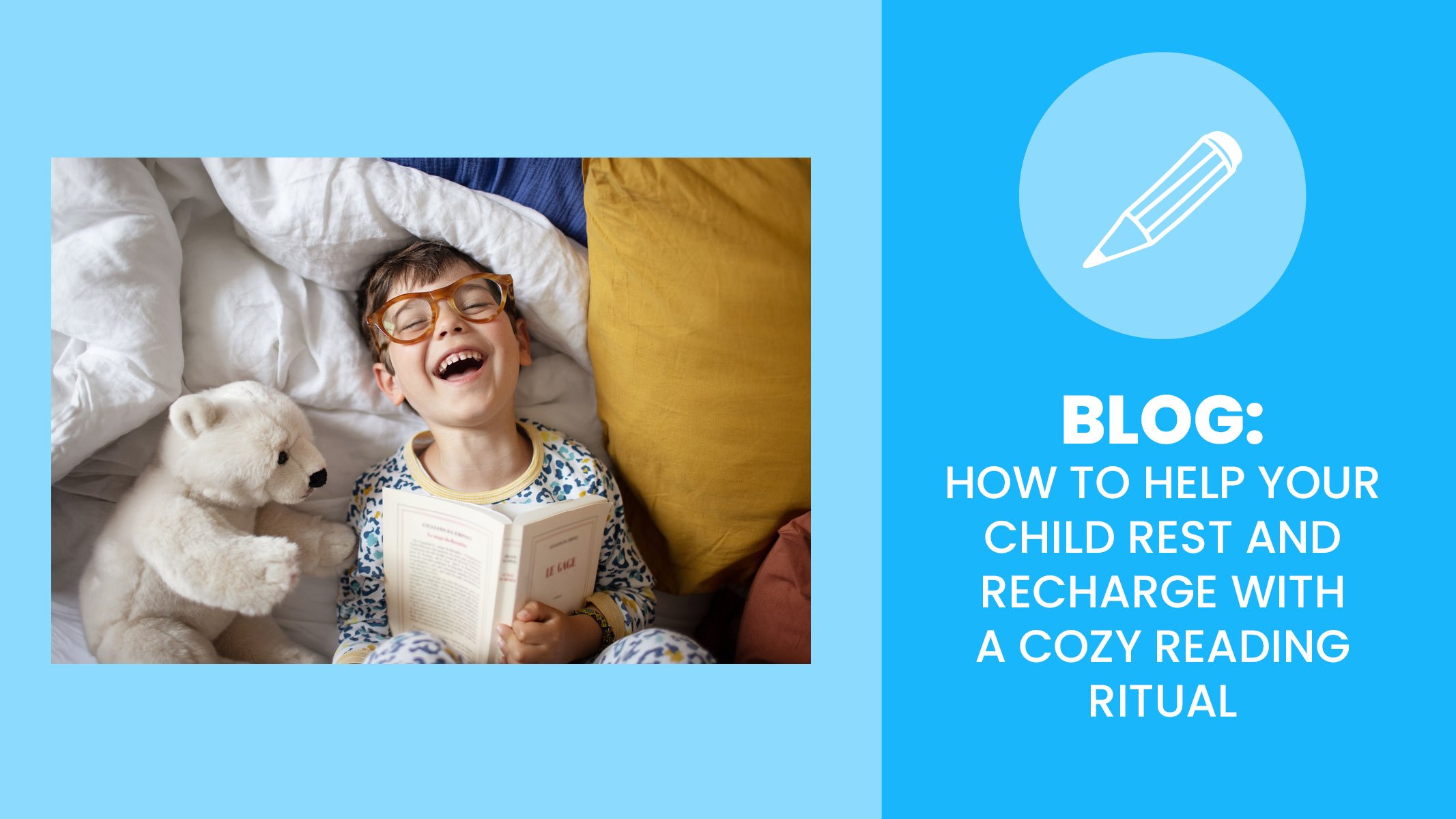Parenting a teenager is not always easy, especially when it is hard to tell the difference between normal adolescent emotions and something more serious like teen burnout. With the increasing pressures of school, social media, and future planning, many teens are feeling more stressed than ever.
To help caregivers recognize the warning signs and better support their teens, we spoke with Dr. Katelyn Mickelson, PsyD, a Specialist in Child Psychology at Sanford Health, who also specializes in adolescent mental health. She dives into what teen burnout really looks like and what you can do to help them recover and thrive.
What Is Teen Burnout, and What Are the Signs?
Teen burnout often looks a lot like depression or on-going stress. According to Dr. Mickelson, “Teens might appear more moody, worn out, irritable, and disengaged from activities. While these behaviors can be normal for teens, and adults, I become increasingly concerned if these behaviors increase in intensity or frequency.”
She emphasizes the following signs:
- Withdrawal from friends and family
- Physical or verbal aggression
- Refusal to participate in normal activities for a few days or even weeks at a time
These could be signs that they may need to check in with their primary care provider or a mental health professional.
What Causes Teen Burnout?
“Teens experience a lot of stress. Some of the reasons that teens experience stress are related to the things their parents may have experienced: concerns about academics and their future, wanting to fit in with their peers, navigating changes in their bodies as they approach adulthood, and navigating familial expectations,” highlights Dr. Mickelson. While academics, friendships, and family pressure have always been part of teen life, burnout in teenagers today is also being fueled by something previous generations did not deal with: social media and constant digital connection. She highlights, “I think that social media and the significant increase in the use of technology over the past few years has added an additional layer of stress. Not only are teens trying to navigate the social landscape of their in-person interactions, but they are also trying to navigate the never-ending landscape that technology allows them to participate in.” It is harder to figure out how to please the thousands of people who you can encounter through social media. “I also think this adds a layer of stress because parents also might not always know how to navigate some of the stressors that come along with social media and increase screen use because these technologies did not exist when they were teenagers,” adds Dr. Mickelson.
How Does Burnout Look Different in Younger vs. Older Teens?
Not all teenagers show burnout the same way. “Younger teens, ages 13-15, may may struggle to identify their experience and are likely to be more concerned with more immediate concerns such as school, peer relationships and family,” says Dr. Mickelson. She adds, “Older teens might be more able to recognize their burnout and may also be stressed about future endeavors. Older teens might be working on balancing their need for autonomy and the increased responsibility that comes along with independence and worried about how they are going to navigate concerns while they are adults.”
How to Help Teens Recover from Burnout
“There are a variety of skills that teens and their support systems can use to help recover from burnout and it might take a few tries to find something effective. Also, different skills might be needed at different times. For example, there are times when someone might need rest to help recover from burnout, but sometimes the best thing we can do when we are stressed is to go and move our body,” says Dr. Mickelson.
Her go-to strategies for managing teen burnout include:
- Physical movement: Our body experiences stress the same way it experiences fear, and moving our body tells our body that we have escaped the threat and that we can relax now.
- Nutrition: Ensuring that teens eat a variety of foods
- Adequate sleep: Teens need 9 hours and 25 minutes of sleep a night for optimal brain development!
- Creative and social engagement: This helps regulate our bodies and cope with stress.
Dr. Mickelson advises, “Through my own experiences with burnout and the research I’ve done on the topic, I think it’s important to build moments of resilience into your day to help maintain a sense of overall wellbeing rather than working until you crash and starting from scratch.”
Supporting a teen who is burnt out does not always require major life changes. Often, it is the small daily habits, or what Dr. Mickelson calls “microskills”, that help teens bounce back. “Making sure you are eating lunch, noticing when something has gone well during your day, sending a text of gratitude to a friend who helped when you were upset, going for a walk around the halls before taking a test, going to bed even though your homework isn’t done, are all small things that really add up to big changes when it comes to managing burnout,” highlights Dr. Mickelson. Adults can model these things throughout their day so that teens, and children, can see how these microskills can be implemented throughout the day can also be helpful.
When Should Caregivers Seek Professional Help for Teen Burnout?
Sometimes, no matter how supportive or attentive caregivers are, teens need more structured help to recover from burnout. So, when is the right time to seek professional support? Dr. Mickelson advises, “Parents and caregivers should seek professional help whenever they are concerned with their teen’s behaviors. We’re here to help! If they are seeing a change in their teens mood or behavior that isn’t improving over time or when the stressor is removed, I highly recommend talking to your primary care provider about options for treatment.”
Seeking professional help for teen burnout does not mean something is "wrong" with your teen, it means you are helping them get the tools they need to feel better and thrive.
Mental health professionals can guide teens in understanding the connection between their thoughts, feelings, and behaviors, often using Cognitive Behavioral Therapy (CBT). This approach helps teens recognize and challenge negative thought patterns like “It’ll never get better”, and replace them with healthier, more constructive ways of thinking. Another highly effective option is Acceptance and Commitment Therapy (ACT). This form of therapy helps teens accept difficult emotions without judgment and encourages them to take actions aligned with their personal values. ACT also teaches mindfulness skills, helping teens pause, reflect, and build a more meaningful life which is especially helpful as they prepare for the responsibilities of early adulthood.
Burnout is the body and mind’s way of saying, “I need a break.” By recognizing the signs early and responding with patience and support, you can help your teen feel more balanced, understood, and better equipped to handle life’s demands.
Ready for more? You may also like:
Food for Thought: Teen Coloring Pages
Cheat Sheet for Parents & Caregivers: Understanding Teen Depression
Screen-Free Socializing for Kids: Fun Ways to Connect!


